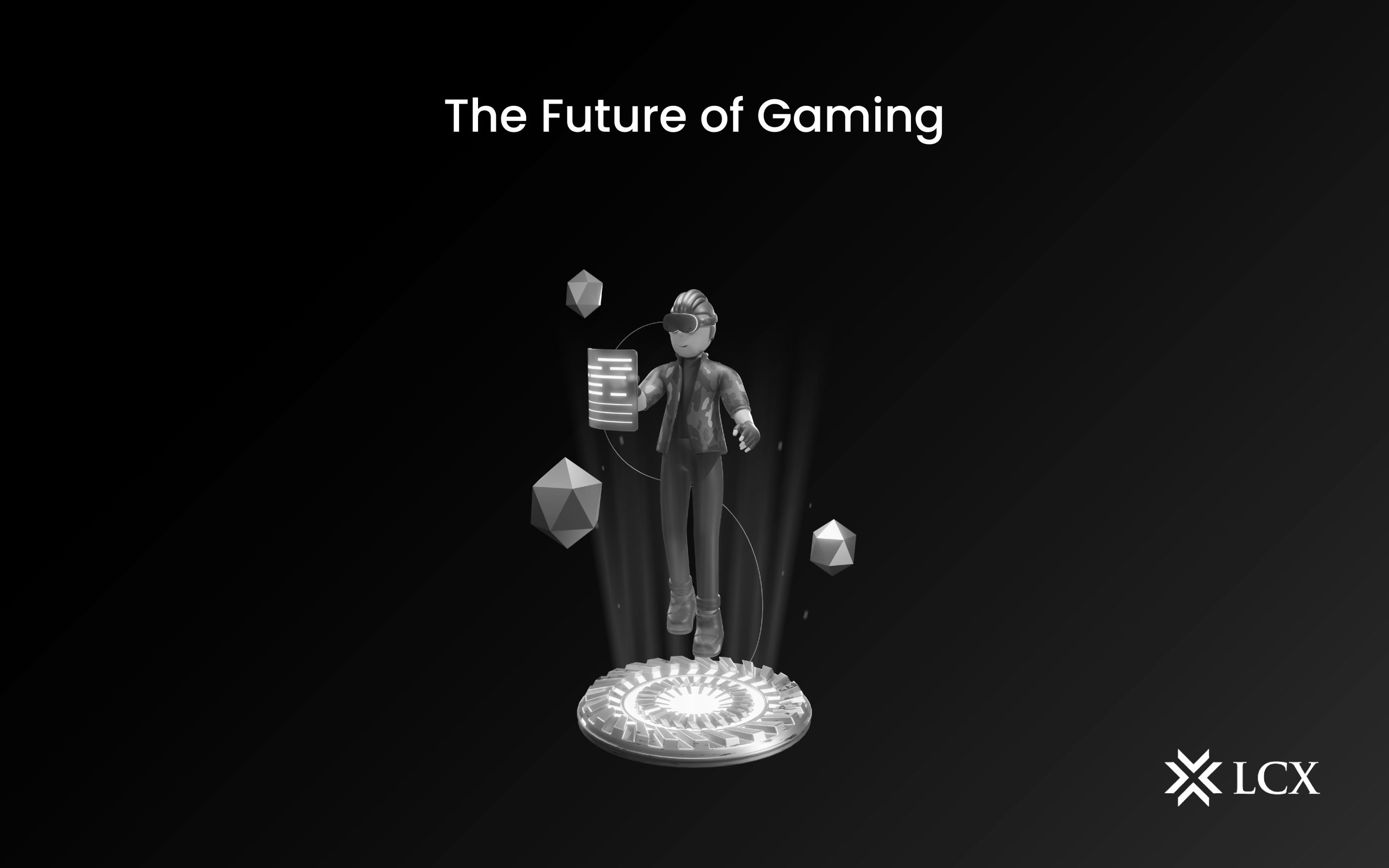As the world changes and evolves, so too has the gaming industry, which has evolved from centralized models to decentralized ones. What if you could earn rewards for playing games? Play-to-Earn made it possible. This concept enables players to earn rewards for playing their favorite games.
As we have entered the Web3 era, it’s important to know about one of the most popular and in-demand sectors, GameFi — a combination of gaming and finance, aka Play-to-Earn. Players are rewarded through tokens in P2E games, which promote player ownership as opposed to the conventional player-as-consumer business model.
Play-to-earn (P2E) Model
The Play-to-Earn model allows gamers to play and earn tokens, Cryptocurrency, or NFTs. It’s a concept based on Blockchain technology that lets players take control of in-game items, sell them on crypto marketplaces, and earn money. As gamers put in their time and effort to play games, they can now receive rewards, unlike traditional gaming.
The players can earn rewards in the following ways –
- Tokens
- NFTs
- Cryptocurrencies
Evolution of P2E
Before the Play to Earn model, there were only two game models – Pay to Play and Free to Play. These are the traditional methods of playing games. Pay-to-Play is a subscription-based model where gamers have to pay a subscription fee to play the game. It was beneficial for game developers only as they were earning profits. In the free-to-play model, gamers can play the game free of charge, but for avatars, lives, and ad-free experiences.
In comparison with pay-to-play and free-to-play, P2E has some major differences. This is a win-win for both developers and users. In essence, P2E is a method of creating in-game economies that allows users to participate by putting in their time and effort. They are rewarded with in-game assets or currency for their time and efforts spent and can utilize these over time, as these assets have value inside and outside of the game as well.
The GameFi Stack Overview
Each GameFi project has its own model, game economy, and in-game currency. Different rewards are given to players based on the game and their progress, including cryptocurrencies, avatars, and NFTs. GameFi projects are managed and governed by the community as opposed to traditional gaming.
GameFi’s mechanics and economics may vary from project to project, but there are some things in common:
- Blockchain Technology: Blockchain technology is at the core of every GameFi or P2E project, ensuring the transparency of all transactions while tracking player ownership.
- Play-to-Earn Business Model: GameFi projects use a P2E model, incentivizing players to play and progress with rewards that have value beyond the game.
- Asset Ownership: As mentioned above, GameFi offers value beyond the game, which means players can trade in-game assets such as NFTs, Land Parcels, and Weapons outside the game to redeem financial incentives.
- DeFi Solutions: GameFi without DeFi is incomplete. Another key piece of the GameFi puzzle is integrated DeFi solutions within the Game ecosystem or economy to offer users services such as farming, liquidity mining, and staking.
Summing Up
GameFi has a huge opportunity for growth, with an estimated 3.24 billion gamers worldwide. With the GameFi and Play-to-Earn concepts, the blockchain gaming industry is poised to disrupt the massive $175 billion video game market worldwide. The success of games like Axie Infinity, with over $1 billion in in-game asset sales, has now attracted the attention of traditional gaming giants such as Ubisoft. We will certainly see more Web2 games move to Web3 in the coming years, and more GameFi projects will abound.









